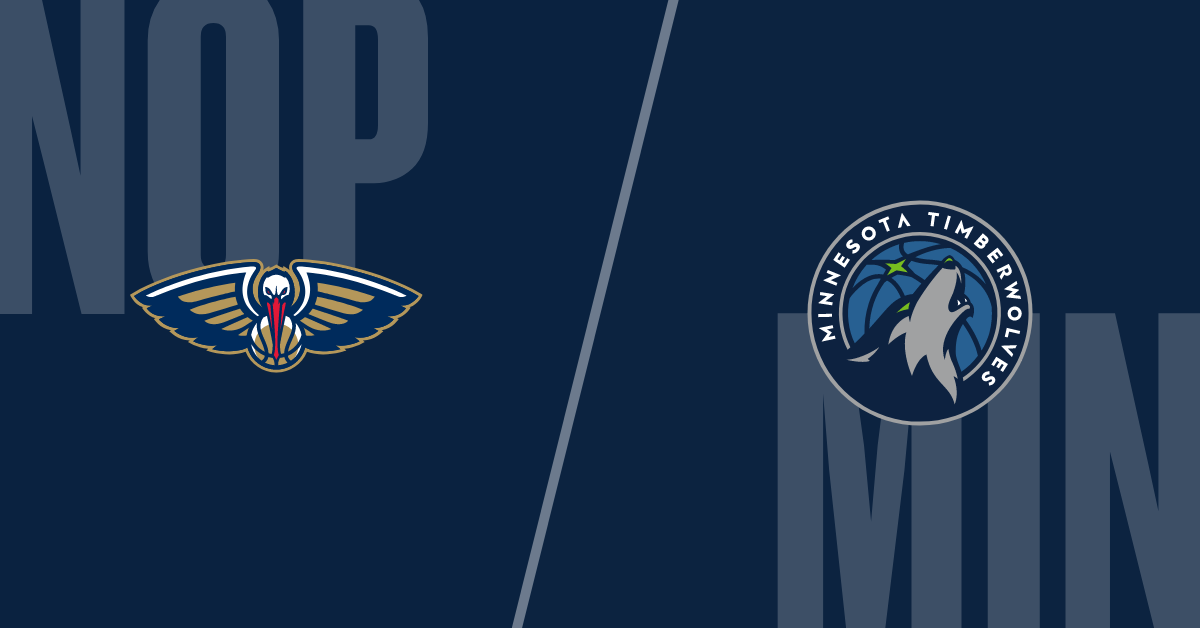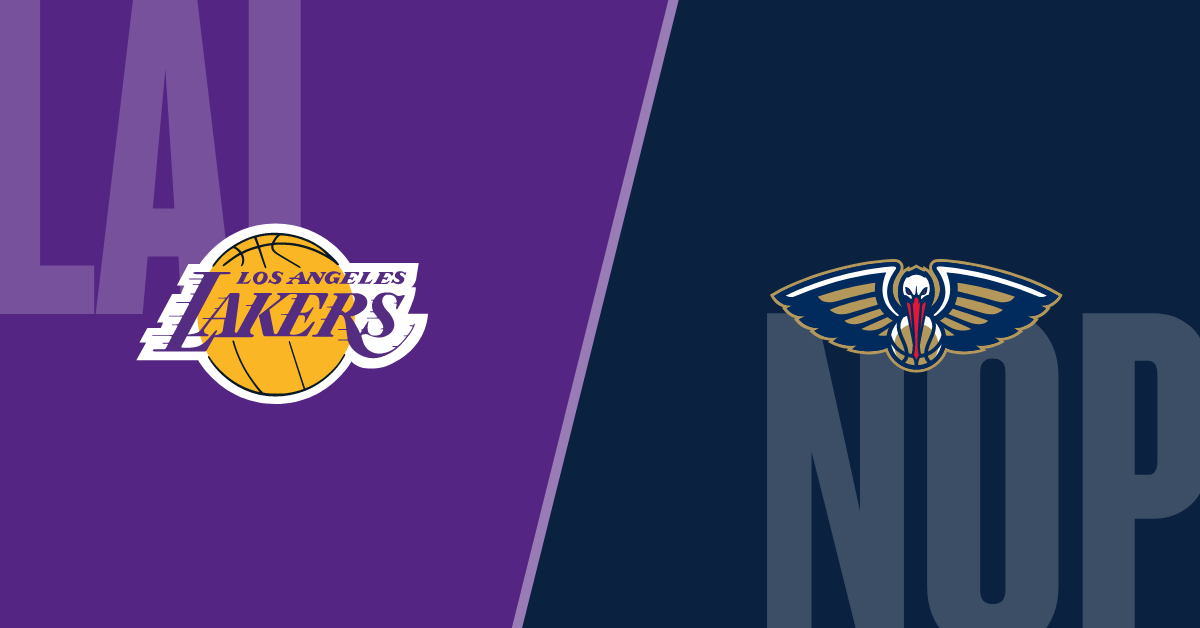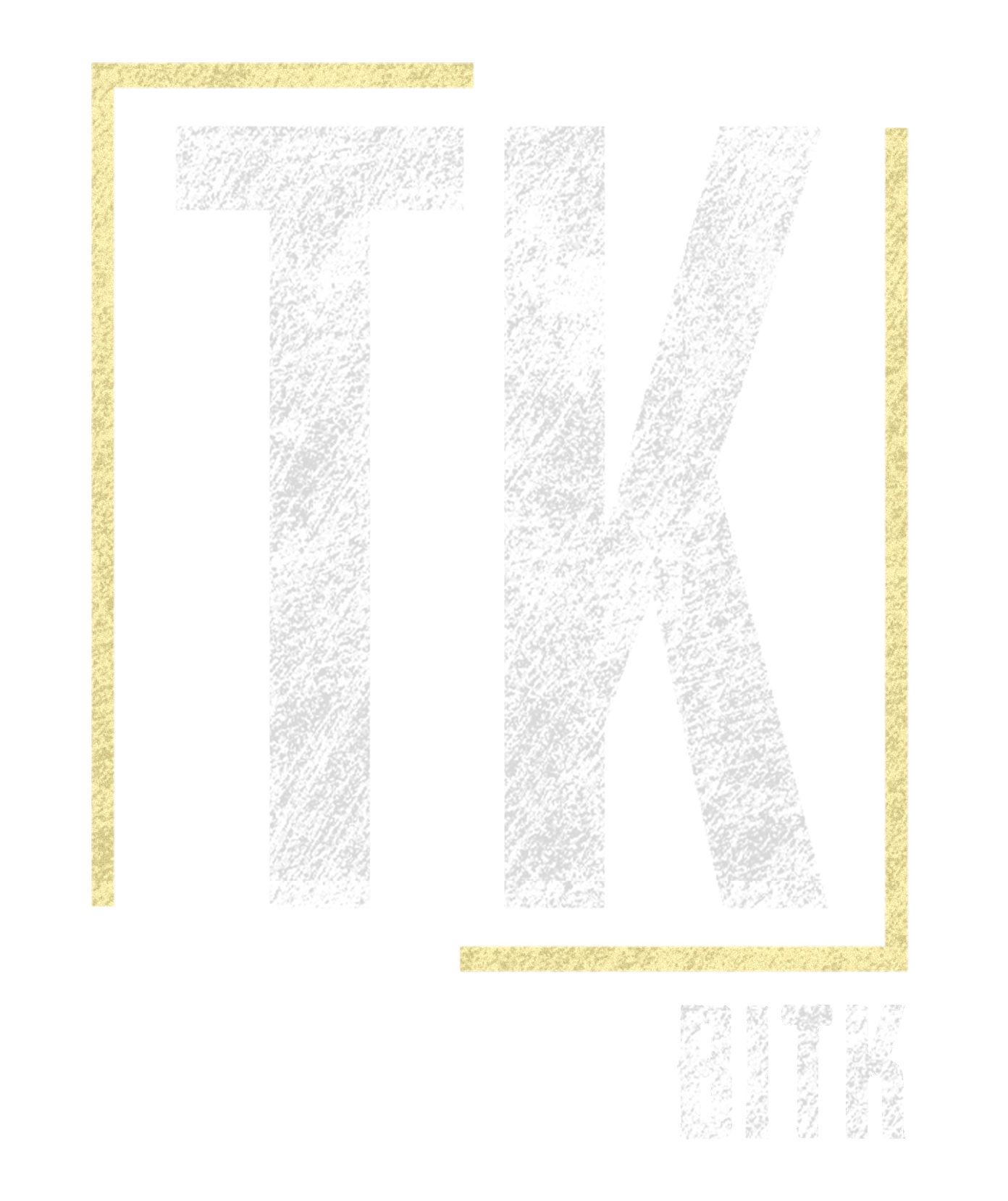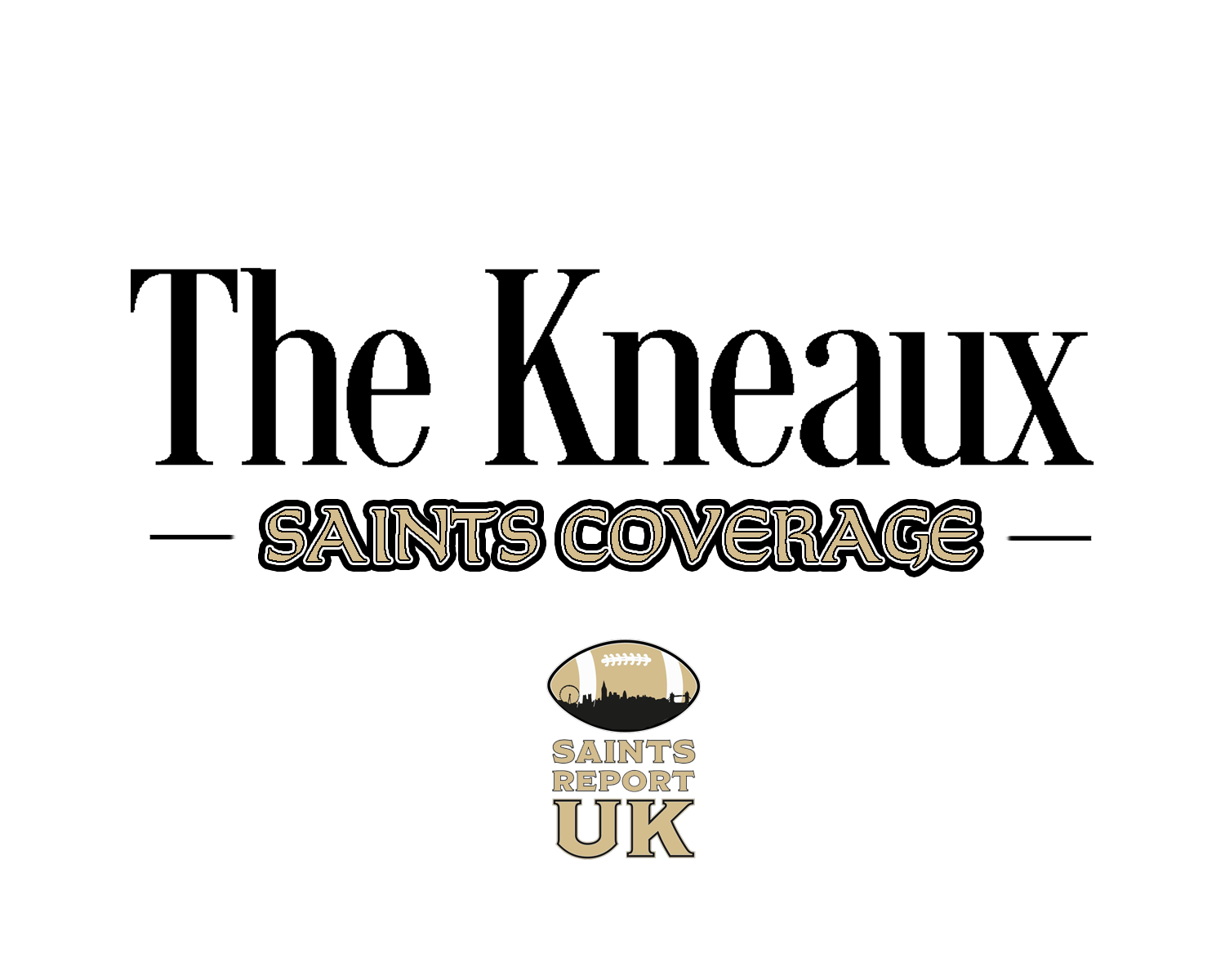PFF Grades And Statistical Deep Dive Saints | NFL
PFF Grades And Statistical Deep Dive Into The Saints Week 3 Loss Against The Packers
There’s a lot to break down from the Saints loss to the Packers each week I take a look through the advanced statistics provided by PFF to see what nuggets I can find. Stats don’t tell the whole story of a game, but it does sometimes when given context give you so much useful info you wouldn’t realize about.
How the grades work:
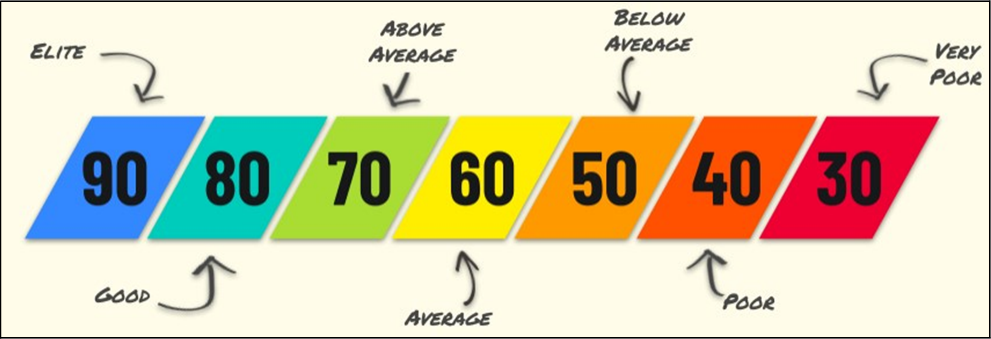
Top 5 Offensive Grades

Not surprising that Olave leads the Saints in PFF’s offensive grade, he was excellent again on Sunday and made some tough catches his Elite grade reflects that too. The rest of the grades I think reflect how dysfunctional the offense was on Sunday all 4 of the remaining top 5 were players who didn’t play the full complement of snaps, therefore fewer plays for PFF to grade unfavorably.
Bottom 5 Offensive Grades

Not surprised to see Landon Young grade out this low, he played very few snaps and lost quickly on a sack of Jameis Winston. Juwan Johnson continues his poor start to the start of the season (or at least PFF thinks so). It was clear Carr struggled in this game but he did hit some big throws (namely the one to Olave down the right sideline) so I'm surprised he was this low but this would imply PFF have seen a few warts that are not related to the protection here. Shaheed is a curious one but to point out his grade here won't include his punt return which would fall under PFF’s special teams grade which he scored 86.8 in the punt game and 58.8 in kickoffs. He continues regardless of PFF rating has performed far better as a punt returner than a kick returner and I'd like to see the Saints use someone else to return kick-offs (maybe Bowden), too many times Shaheed is choosing to return kicks and not make it back to the 25.
Top 5 Defensive Grades

Lonnie Johnson Jr. leads the way for the defense, he was impactful in limited reps, he played all his 8 snaps at FS, didn’t surrender a catch, and had the interception. I thought Yiadom played really well considering he’s mainly been a special team player, I'll get into his coverage stats shortly. Encouraged to see Isaiah Foskey grade out well, I’ll be honest I didn’t notice him much in the game but PFF saw something.
Bottom 5 Defensive Grades

Surprised to see Davis and Lattimore so low this is where I don’t massively agree with the grades. Both Davis and Lattimore didn’t give up much in coverage at all (Davis was targeted 6 times and gave up 2 catches for 12 yards, Davis wasn’t credited for a missed tackle either (it looked like he missed one the goal-line on the Jordan Love TD run) which usually dings the grade, so I don’t see why they are this low. More on Lattimore’s coverage shortly. Werner on the other hand struggled in coverage this game, he ended up being targeted 7 times giving up 7 catches for 69 yards and 3 first down conversations. Werner has been solid in this area so I don’t expect this to be a weekly occurrence.
Pressure Stats
Offense
Trevor Penning- 1 pressures (1 QB hit). Pass Blocking Efficiency Score 98.7.
James Hurst- 2 pressures (2 hurries). Pass Blocking Efficiency Score 97.4.
Erik McCoy- 2 pressures (1 sack and 1 hurry). Pass Blocking Efficiency Score 96.1.
Cesar Ruiz- 0 pressures * only played 10 snaps. Pass Blocking Efficiency Score 100.
Ryan Ramczyk- 3 pressures (2 sacks, 1 hurry). Pass Blocking Efficiency Score 93.4.
Andrus Peat- 1 pressure (1 QB hit). Pass Blocking Efficiency Score 98.3.
Landon Young- 1 pressure (1 sack). Pass Blocking Efficiency Score
66.7. YUCK!
Young only played 3 pass-blocking snaps.
** Pass Blocking Efficiency - A PFF Signature stat measuring pressure allowed on a per-snap basis with weighting toward sacks allowed.
Watching live this looked like it was Penning’s best game from a pass-blocking perspective and the stats would back that up, the efficiency score is a particular improvement. From a stats perspective, this was the Saints O-line’s best game in pass pro, only giving up 10 total pressures, compared to 12 in week 2 and 15 in week 1. Of course, it still is and needs to be cleaned up otherwise QB injuries are going to continue to happen.
Defense
Cam Jordan- 3 pressures (3 hurries).
Bryan Bresee- 2 pressures (2 hurries).
Alontae Taylor- 2 pressures (1 sack and 1 hurry)
Demario Davis- 2 pressures (1 hit and 1 hurry)
Carl Granderson- 1 pressure (1 hurry)
Khalen Saunders- 1 pressure (1 hurry)
Nathan Shepherd- 1 pressure (1 hurry)
Tanoh Kpassagnon- 1 pressure (1 hurry)
A poor week for the pass rush. Only generated 13 total pressures against a GB line missing their starting LT and LG. The Saints generated 25 total pressures in week 2 and 23 in week 1. So, a big drop-off here and it showed in the game. The lack of pass rush was a big reason for the Saints collapse in the fourth quarter. Jordan Love was only under pressure on 22% of his dropbacks, compared to week 1 where Ryan Tannehill was pressured on 42.5% and week 2 where Bryce Young was pressured on 48.7% of his dropbacks. That’s a big falloff for the D-line, we all had concerns about this unit entering the year I just hope that weeks 1 and 2 were the true reflection of this unit and not week 3.
Best of the rest
Some other stats that jumped out:
- The CBs had a really strong game in coverage overall (minus the penalties, I especially thought Yiadom’s was soft)
- Alontae Taylor was targeted 11 times, he only surrendered 3 receptions but those 3 did go for 70 yards and all 3 were first downs. So definitely not perfect but to be targeted 11 times and only surrender 3 receptions is still a really strong showing, PFF had him credit for 5 forced incompletions and 3 PBUs.
- Yiadom had a similarly strong day in coverage he was targeted 10 times, surrendered only 4 catches for 30 yards, and did surrender 1 touchdown but his coverage was excellent on the play, the WR just made a heck of a catch, 3 PUBs.
- Lattimore wasn’t quite as elite as the first two weeks but still didn’t give up much. He was targeted 4 times and surrendered 2 catches for 24 yards, however, both catches surrendered were first downs.
Isaiah Foskey and Carl Granderson
both had a good day against the run:
- Foskey was only in on 4 running plays and had 2 defensive stops* equally a 50% stop rate
- Granderson had 3 stops (tied for 9th most in week 3) on 20 running plays equalling a still very good 17.6% stop rate.
The Saints had a good day rushing outside of both the tackles (outside zone?) runs. They rushed 3 times outside the LT for 19 yards (6.3 YPC) and 4 times outside the RT for 17 yards (4.3 YPC). This is a good omen with Alvin Kamara returning as these types of runs are usually a staple of his game.
Make sure to follow me on Twitter and Instagram @SaintsReportUK, for much more Saints content and discussion throughout the 2023 season and beyond.
A quick share helps us a lot!
